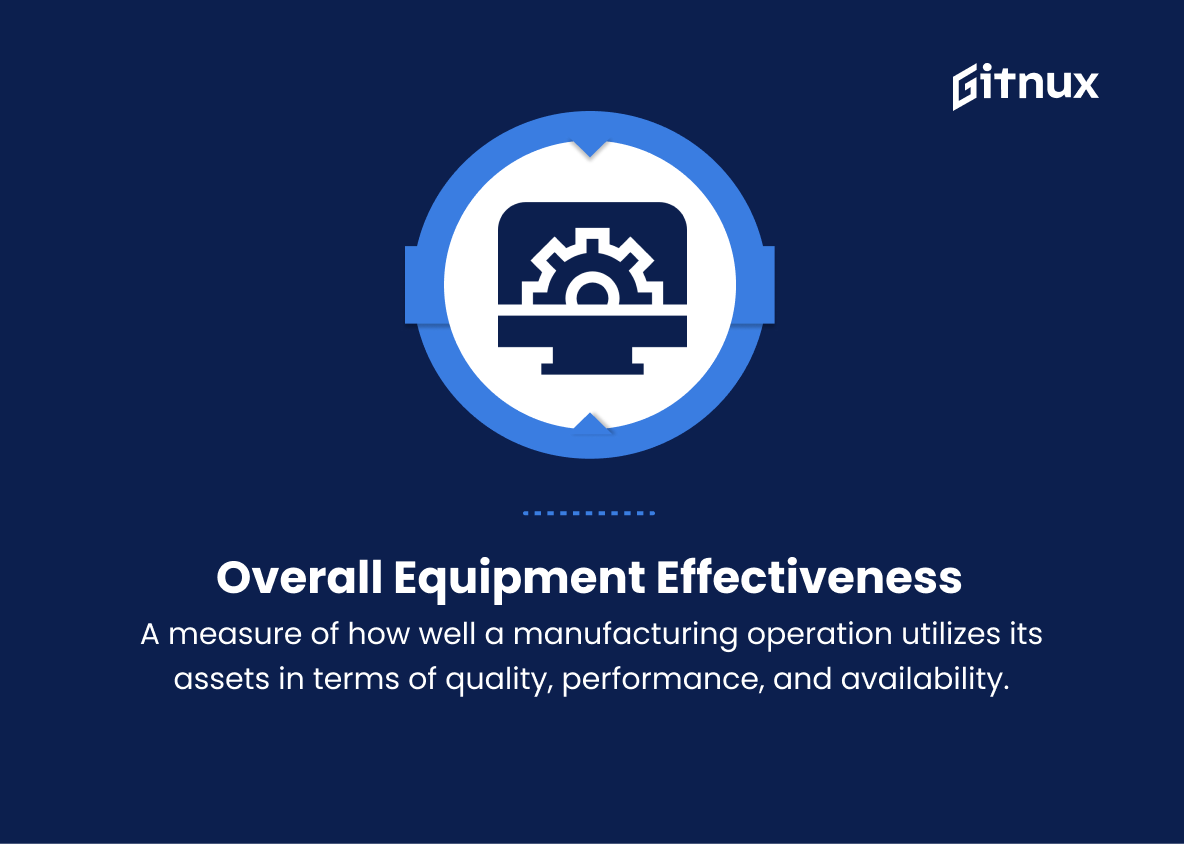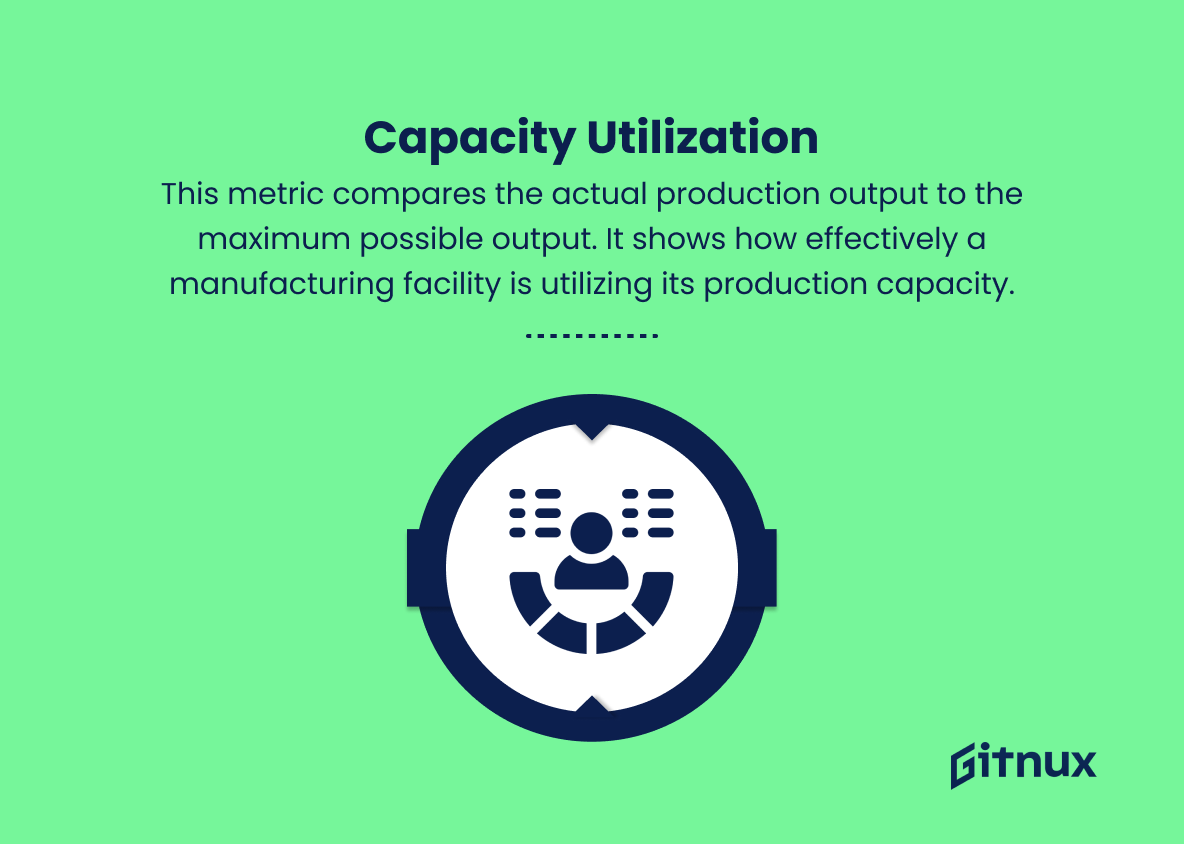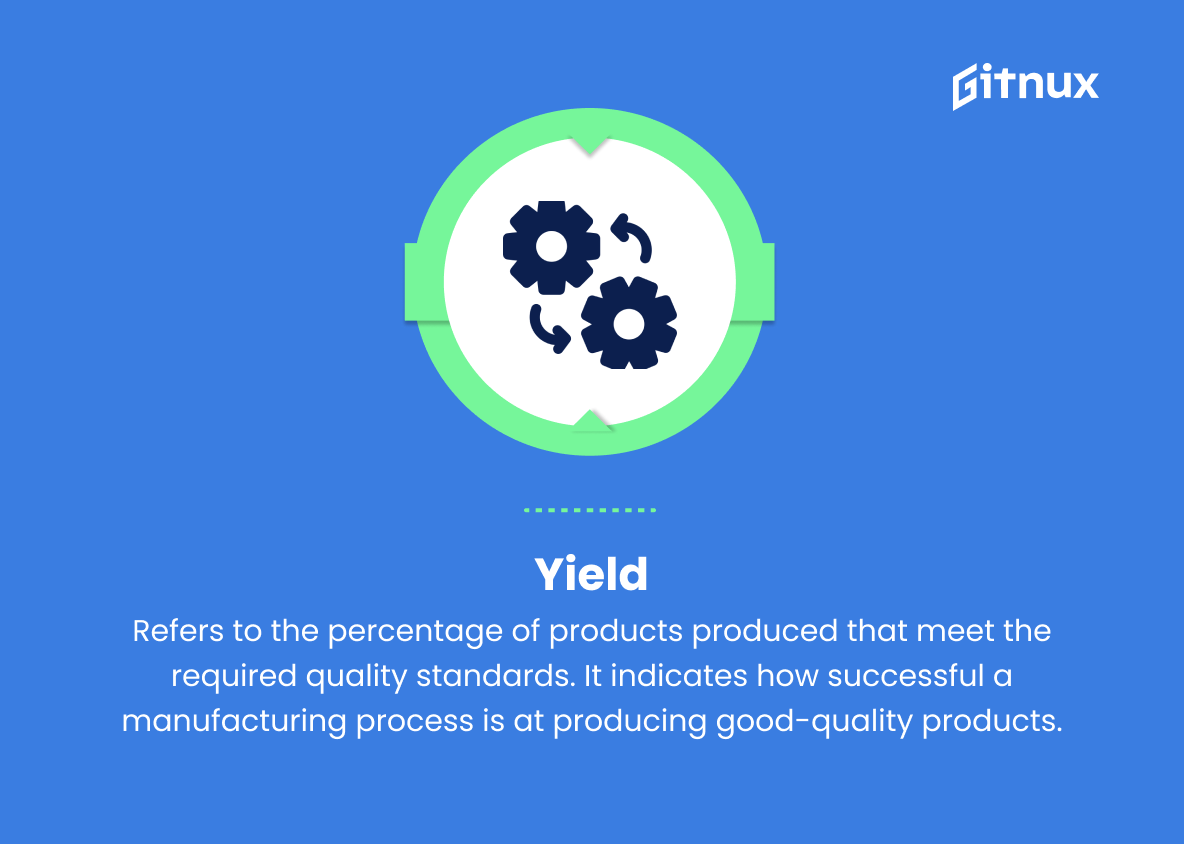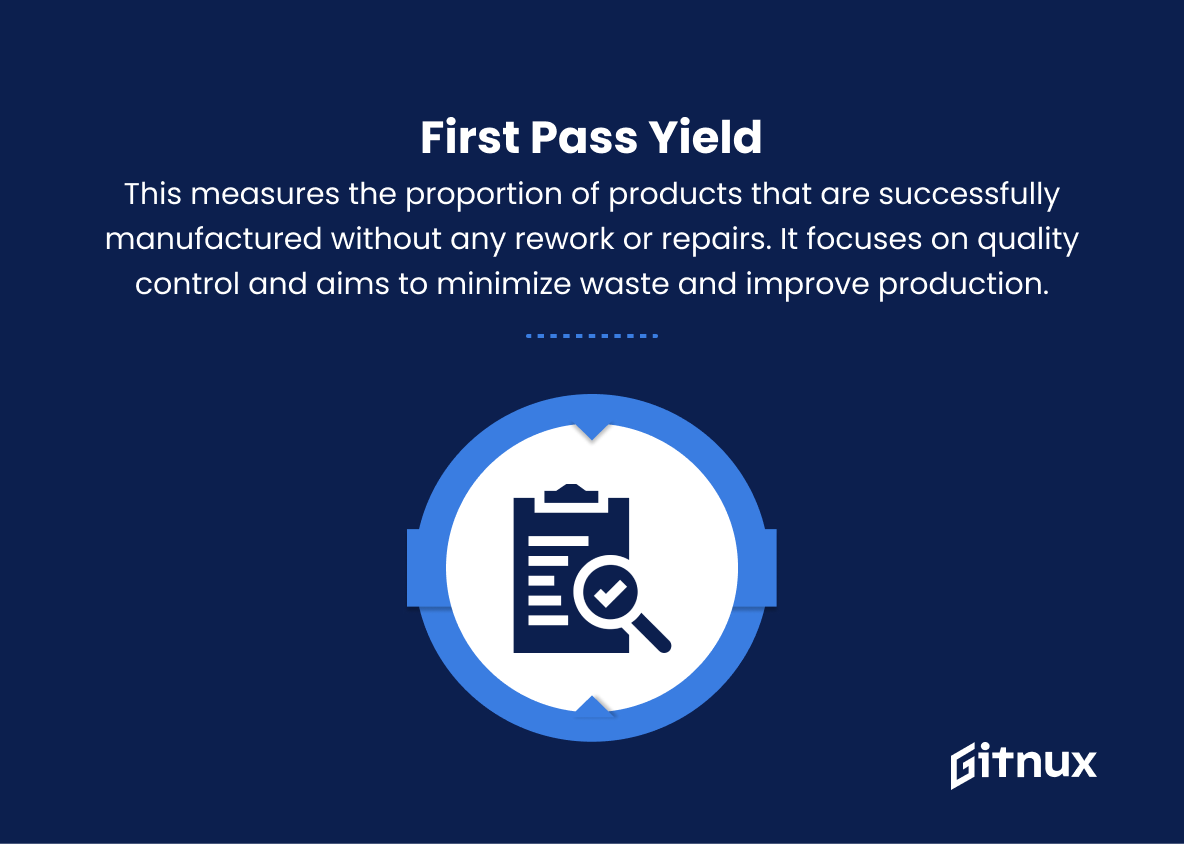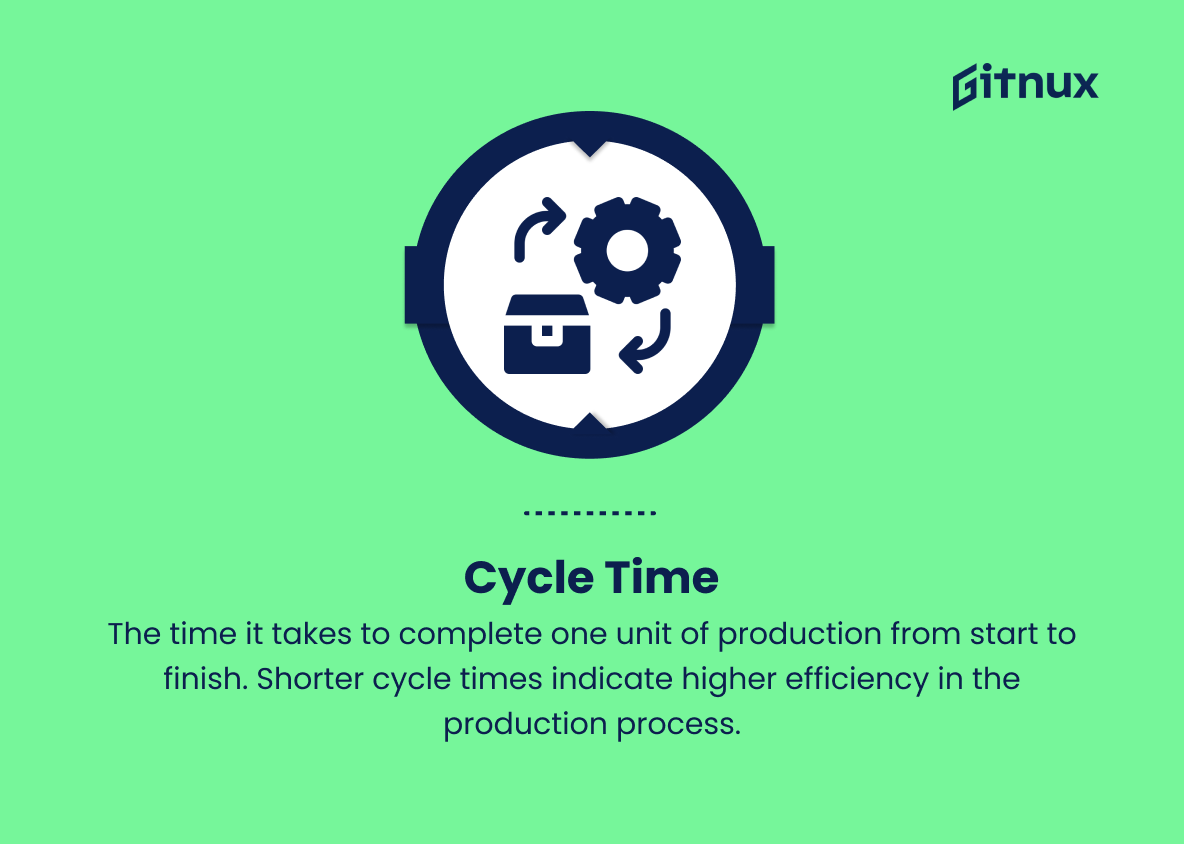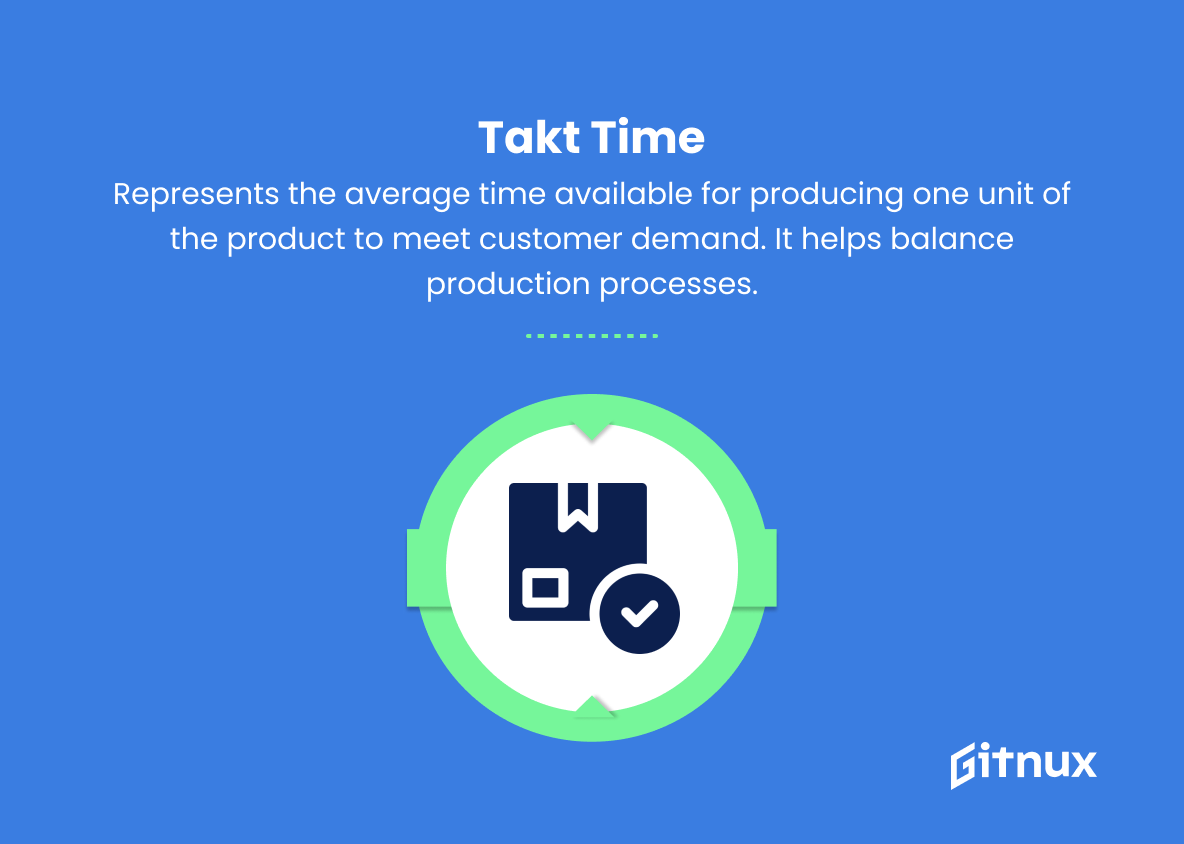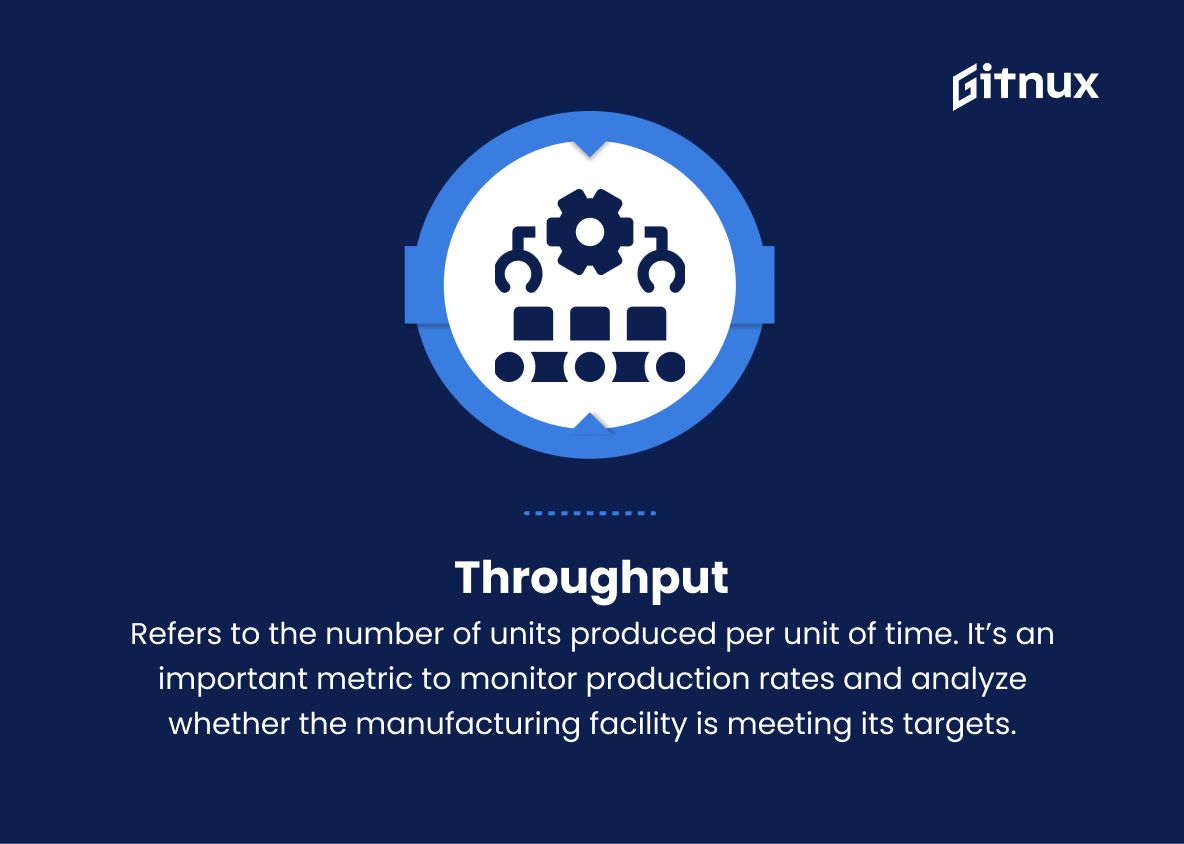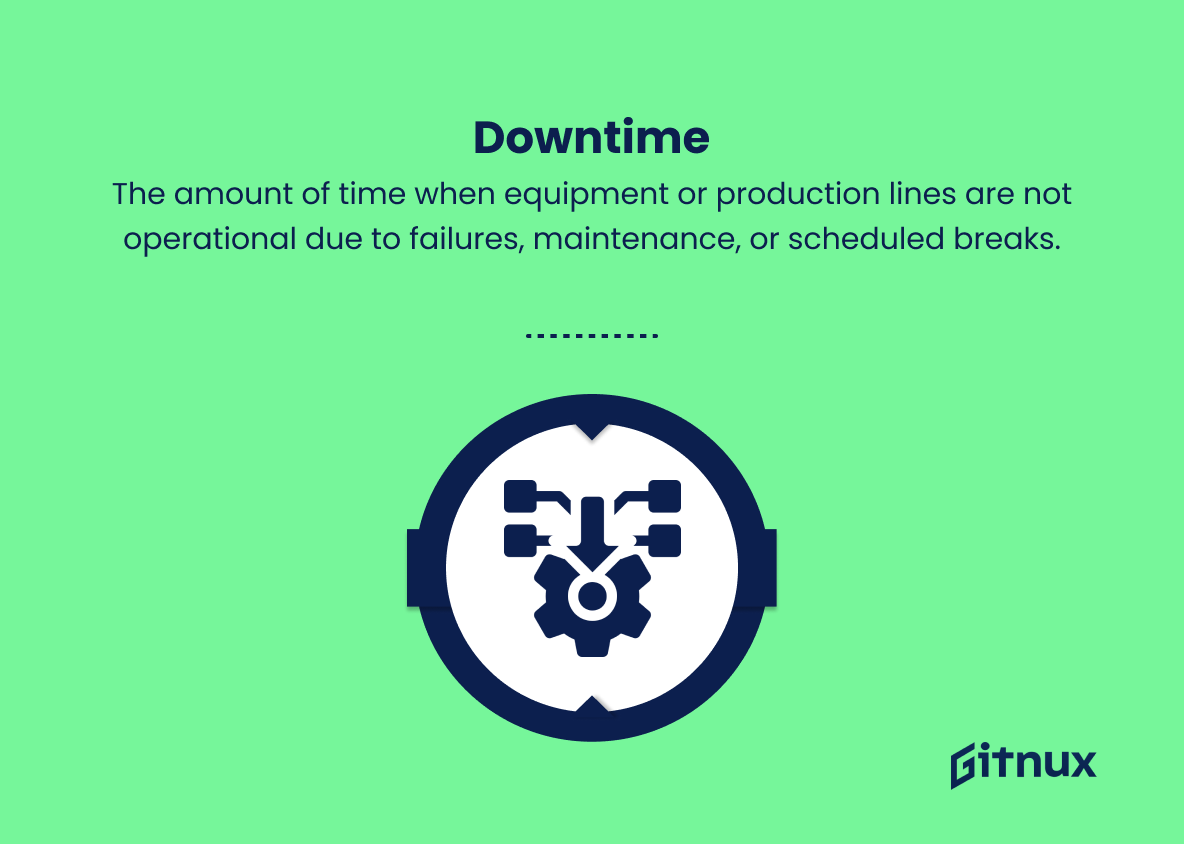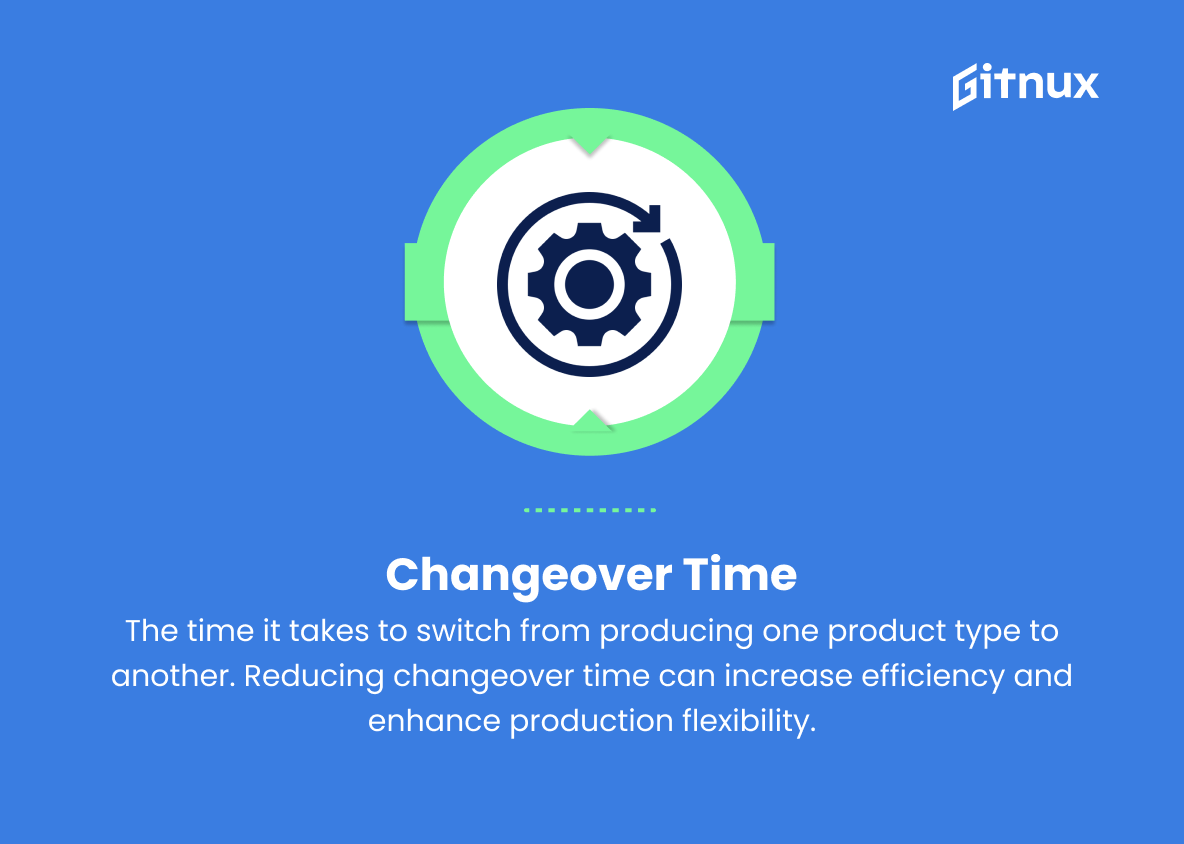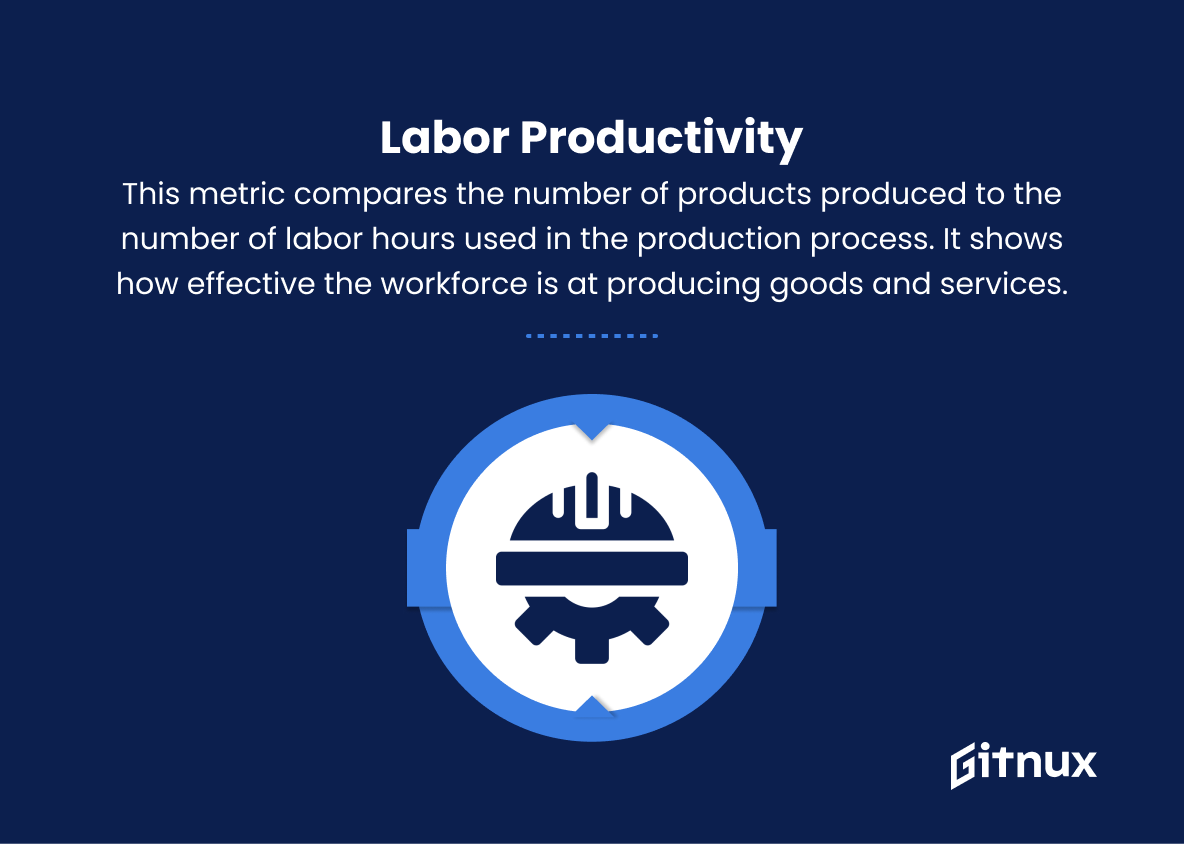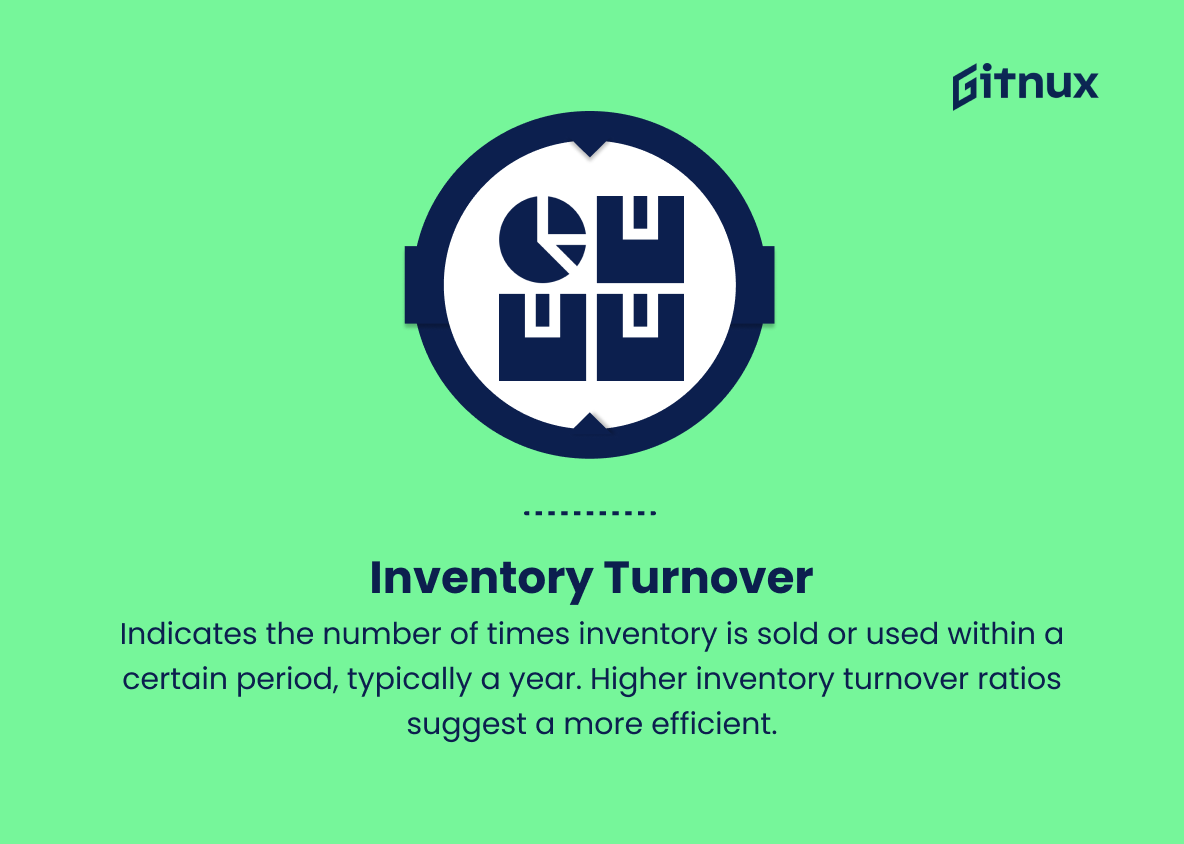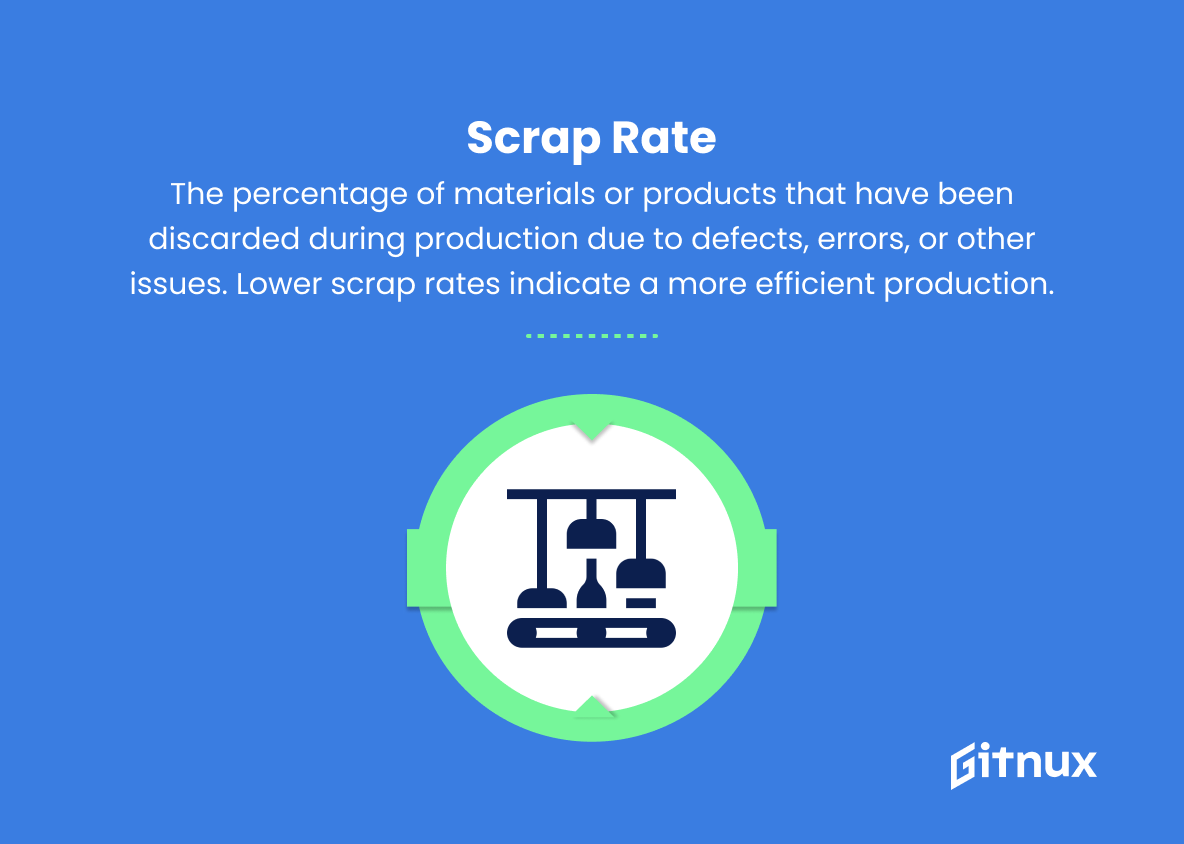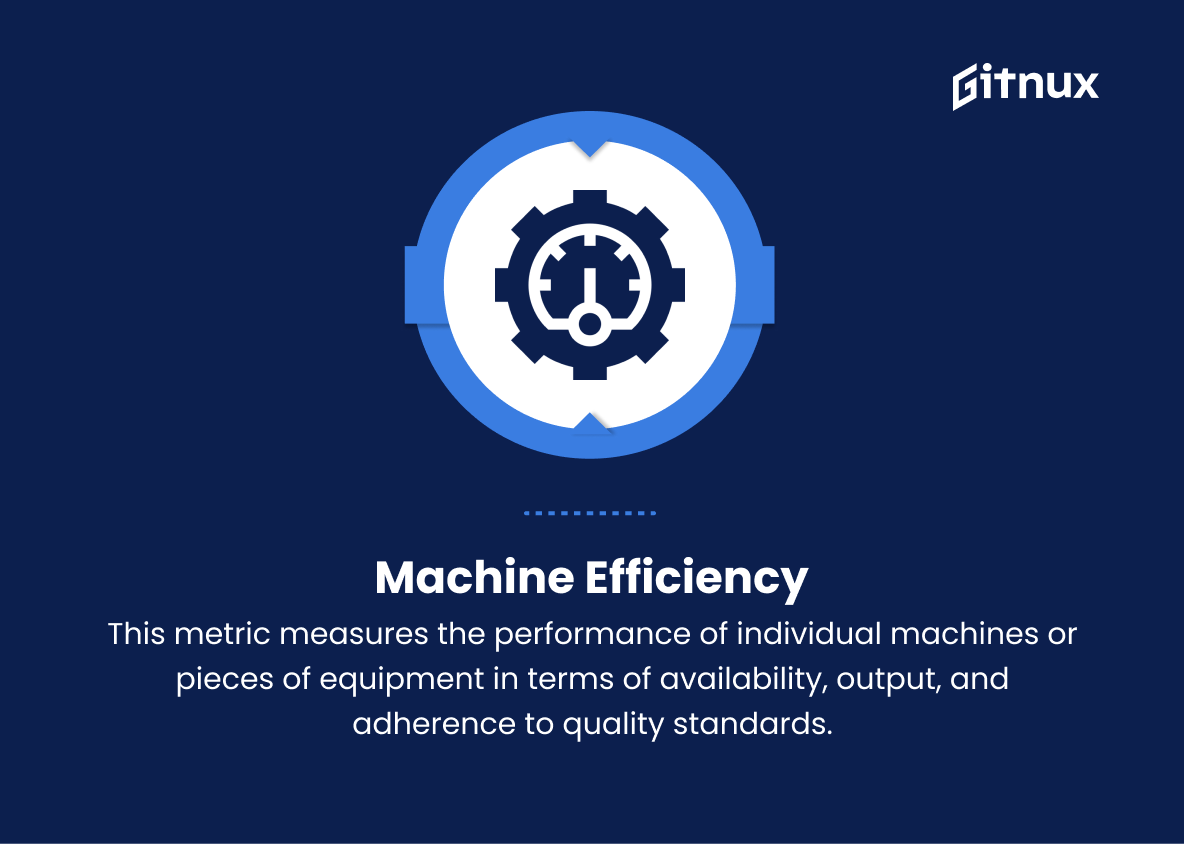In today’s globalized and increasingly competitive market, manufacturing efficiency is an essential component for businesses seeking to maintain a competitive edge and achieve sustainable growth. A clear understanding and proper implementation of key manufacturing efficiency metrics provide organizations the necessary insights to optimize processes, reduce waste, manage resources more effectively, and ultimately, drive profitability.
In this comprehensive blog post, we delve into the critical manufacturing efficiency metrics and explore how their strategic use can lead to improved performance, enhanced productivity, and long-term success within the competitive landscape of manufacturing industries.
Manufacturing Efficiency Metrics You Should Know
1. Overall Equipment Effectiveness (OEE)
A measure of how well a manufacturing operation utilizes its assets in terms of quality, performance, and availability. It considers machine availability, performance efficiency, and product quality to create a comprehensive benchmark of efficiency within a process or production line.
2. Capacity Utilization
This metric compares the actual production output to the maximum possible output. It shows how effectively a manufacturing facility is utilizing its production capacity.
3. Yield
Refers to the percentage of products produced that meet the required quality standards. It indicates how successful a manufacturing process is at producing good-quality products.
4. First Pass Yield (FPY)
This measures the proportion of products that are successfully manufactured without any rework or repairs. It focuses on quality control and aims to minimize waste and improve production efficiency.
5. Cycle Time
The time it takes to complete one unit of production from start to finish. Shorter cycle times indicate higher efficiency in the production process.
6. Takt Time
Represents the average time available for producing one unit of the product to meet customer demand. It helps balance production processes and resources to avoid overproduction or bottlenecks.
7. Throughput
Refers to the number of units produced per unit of time. It’s an important metric to monitor production rates and analyze whether the manufacturing facility is meeting its targets.
8. Downtime
The amount of time when equipment or production lines are not operational due to failures, maintenance, or scheduled breaks. Minimizing downtime is crucial for improving manufacturing efficiency.
9. Changeover Time
The time it takes to switch from producing one product type to another. Reducing changeover time can increase efficiency and enhance production flexibility.
10. Labor Productivity
This metric compares the number of products produced to the number of labor hours used in the production process. It shows how effective the workforce is at producing goods and services.
11. Inventory Turnover
Indicates the number of times inventory is sold or used within a certain period, typically a year. Higher inventory turnover ratios suggest a more efficient, leaner operation that is effectively managing its stock and minimizing holding costs.
12. Scrap Rate
The percentage of materials or products that have been discarded during production due to defects, errors, or other issues. Lower scrap rates indicate a more efficient production process and higher product quality.
13. Machine Efficiency
This metric measures the performance of individual machines or pieces of equipment in terms of availability, output, and adherence to quality standards. High machine efficiency indicates well-maintained machines and effective production processes.
14. Return on Investment (ROI)
A financial metric that compares the investment made in manufacturing processes or equipment to the gains and benefits derived from that investment. A higher ROI indicates a more profitable and efficiently run operation.
Manufacturing Efficiency Metrics Explained
Manufacturing efficiency metrics play a crucial role in assessing the effectiveness and profitability of a production process. Metrics such as Overall Equipment Effectiveness (OEE) provide a comprehensive view of how well assets are utilized, taking into account factors like machine availability, performance, and quality. Capacity Utilization helps identify the extent to which production facilities are used effectively, while Yield and First Pass Yield (FPY) focus on the success of producing good-quality products. Metrics like Cycle Time, Takt Time, and Throughput analyze the efficiency and speed of the production process, with the aim of minimizing waste and bottlenecks.
Monitoring Downtime, Changeover Time, Labor Productivity, and Machine Efficiency are essential for controlling costs and maintaining high performance standards. Inventory Turnover sheds light on how well the operation manages stock, while Scrap Rate indicates the efficiency of the production process and product quality. Finally, Return on Investment (ROI) serves as a key financial indicator that reflects the profitability and efficiency of the manufacturing operation, guiding decision-making for further improvements.
Conclusion
In conclusion, manufacturing efficiency metrics play an indispensable role in the optimization and success of modern manufacturing processes. By accurately measuring various critical aspects of production, such as OEE, TEEP, First Pass Yield, and Cycle Time, businesses can identify potential bottlenecks and areas for improvement. With these insights, manufacturers can implement data-driven decisions to streamline their operations, reduce waste, and improve overall productivity.
In an increasingly competitive global market, the vigilant attention to efficiency metrics is invaluable for staying ahead and guaranteeing the sustainability of the business. The old adage holds true – what gets measured gets improved, and for manufacturers serious about growth and profitability, staying on top of these crucial metrics is an investment that will consistently pay off.
